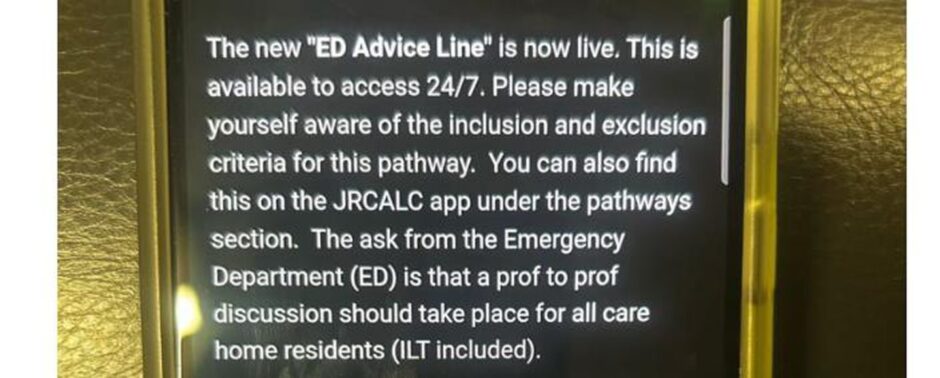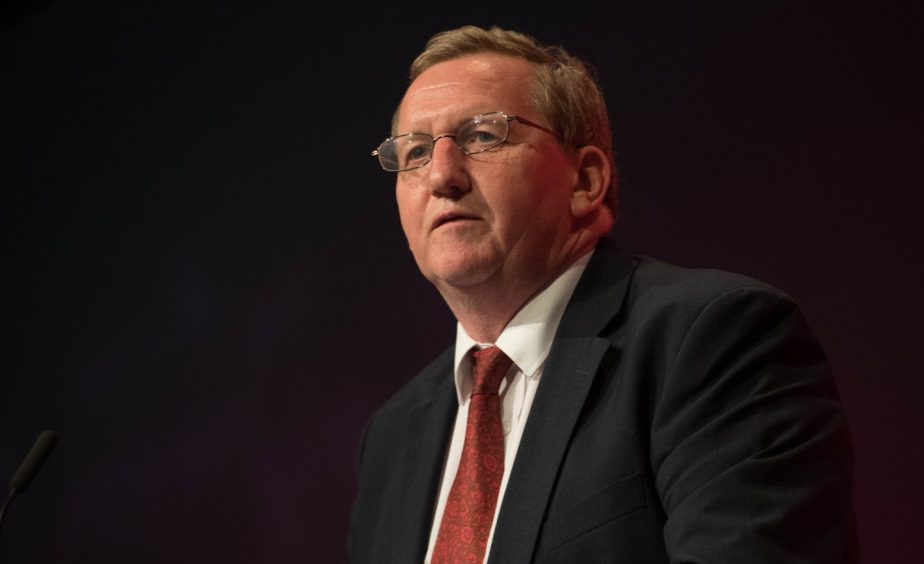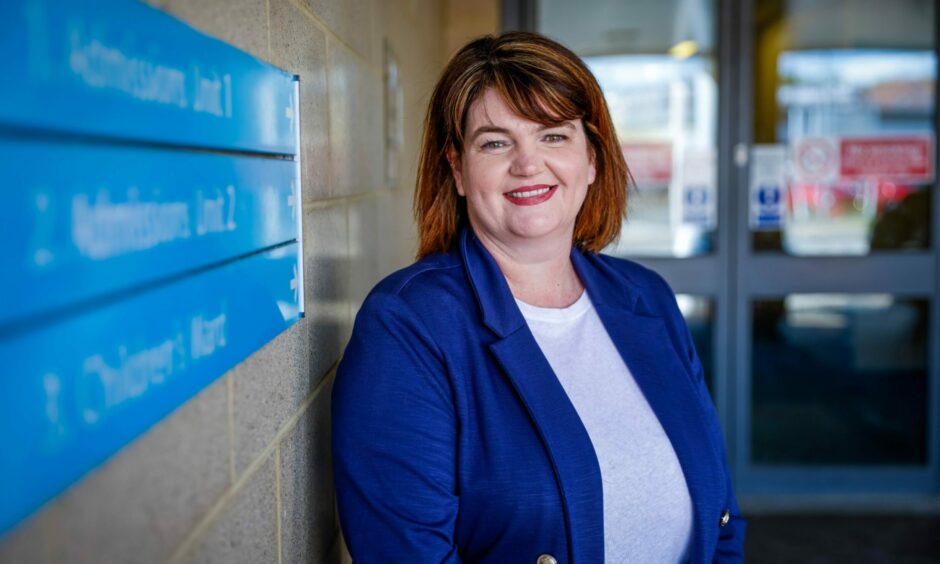Fife ambulance crews have raised concerns about new guidance suggesting care home residents should not be taken straight to hospital in life-threatening situations.
NHS Fife is trialling a scheme where paramedics call Kirkcaldy’s Victoria Hospital before heading to A&E with a patient.
“Call before you convey” allows discussions over whether someone should go to the emergency department or straight to a ward.
And it is used by other health boards in partnership with the Scottish Ambulance Service.
However, while ambulance crews say it is generally a good idea, in Fife they have been told “discussions should take place for all care home residents (ILT included)”.
ILT stands for immediately life-threatening and can include heart attacks and strokes.
Crews say this rule does not apply to other people in the community.
And they have raised the matter with Labour MSP Alex Rowley, who is now calling on health minister Neil Gray to investigate.
‘Suggests care home residents’ lives are expendable’
Health chiefs say ‘call before you convey’ is tried and tested and does not delay treatment.
However, Mr Rowley is “seriously concerned” it appears to have a separate clause for care homes.
And he said: “Call before you convey is one thing, but people in life-threatening situations should always be taken to A&E.
“If this isn’t happening for care home residents, it seems to suggest their lives are expendable.”
He added: “This in my view is not acceptable and I will be writing to the health secretary asking him to directly intervene.
“Staff are worried their professional judgement is being called into question and their professional registration is at serious risk.”
Mr Rowley has also written to the heads of NHS Fife and the Scottish Ambulance Service for clarification.
Policy ‘helps clinical teams prepare and prioritise’
NHS Fife said care home residents were previously taken to A&E as a matter of course.
However, trained paramedic staff now assess them before agreeing a course of action with an emergency medical consultant.
Director of acute services Claire Dobson said: “In almost all life-threatening emergencies, ambulance crews immediately convey patients to A&E, including residents in Fife’s care homes.
“Where patients need to be seen in A&E, the clinical team can prepare for their imminent arrival and can prioritise accordingly.
“Where A&E is not required, the patient can instead be taken directly to the most appropriate ward.”
Ms Dobson said an increasing number of care home residents are on an “anticipatory care pathway”.
And many have an expressed a wish not to go to A&E.
She added that as well as ensuring benefits for patients, the policy will help improve ambulance turnaround times.
Fife ambulance guidance ‘does not delay treatment’
The Scottish Ambulance Service said call before you convey is tried and tested.
“In the event of a critical or life threatening event we would always instigate treatment and expedite transfer to A&E,” a spokesman said.
He said discussions with hospital consultants is standard practice and can avoid the need to go via the emergency department.
And he added: “Calls do not delay treatment or care.”















Conversation